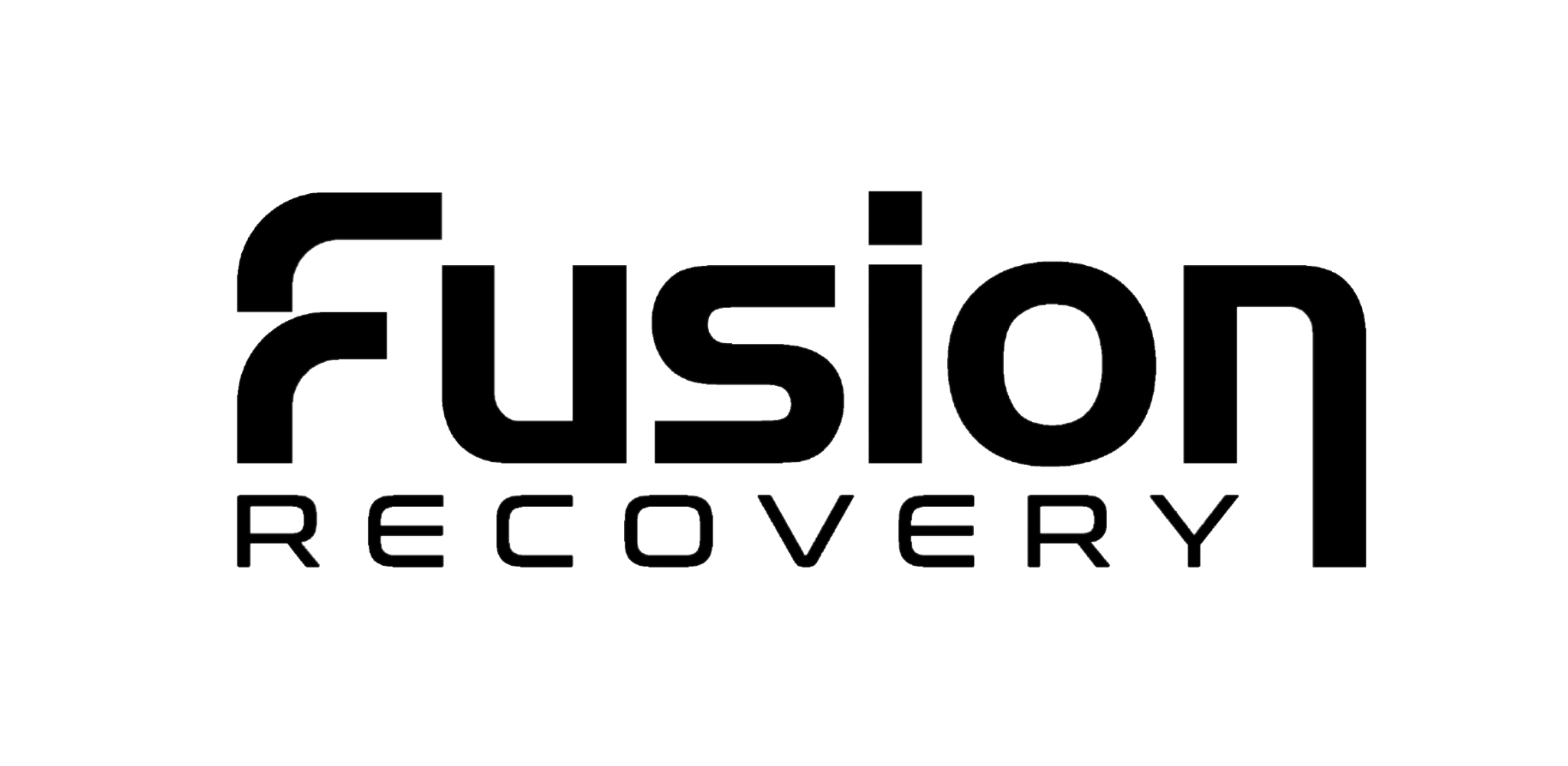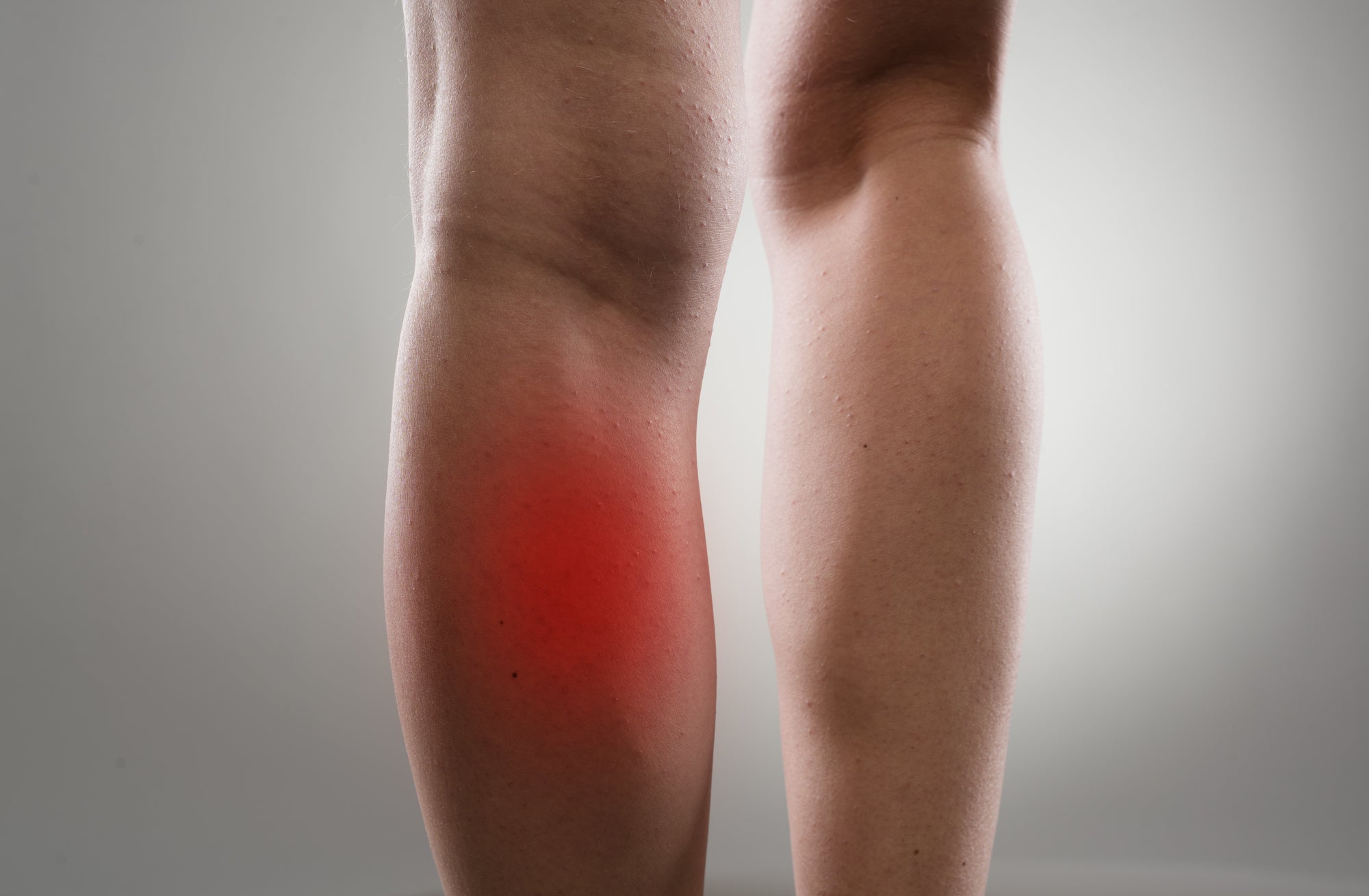Should I Run After Leg Day? Understand Benefits and Drawbacks
Yes, you should run after leg day! And here is why:
When you run after an intense leg workout, you increase the blood circulation to your legs and help them recover faster. This will also reduce muscle soreness and aid in recovery.
Who doesn't want to recover faster after a heavy leg day and not experience that insane muscle soreness in their legs?
In this article, we will provide you with all the benefits, but also the drawbacks, of running after leg day. We also give you tips and help you through the process.
Benefits of Running After Leg Day
Engaging in a comprehensive Leg Day Workout is a crucial aspect of any fitness journey. Let's delve into how this practice can benefit not only your muscle development but also your overall fitness aspirations.
Accelerating calorie burn and weight loss
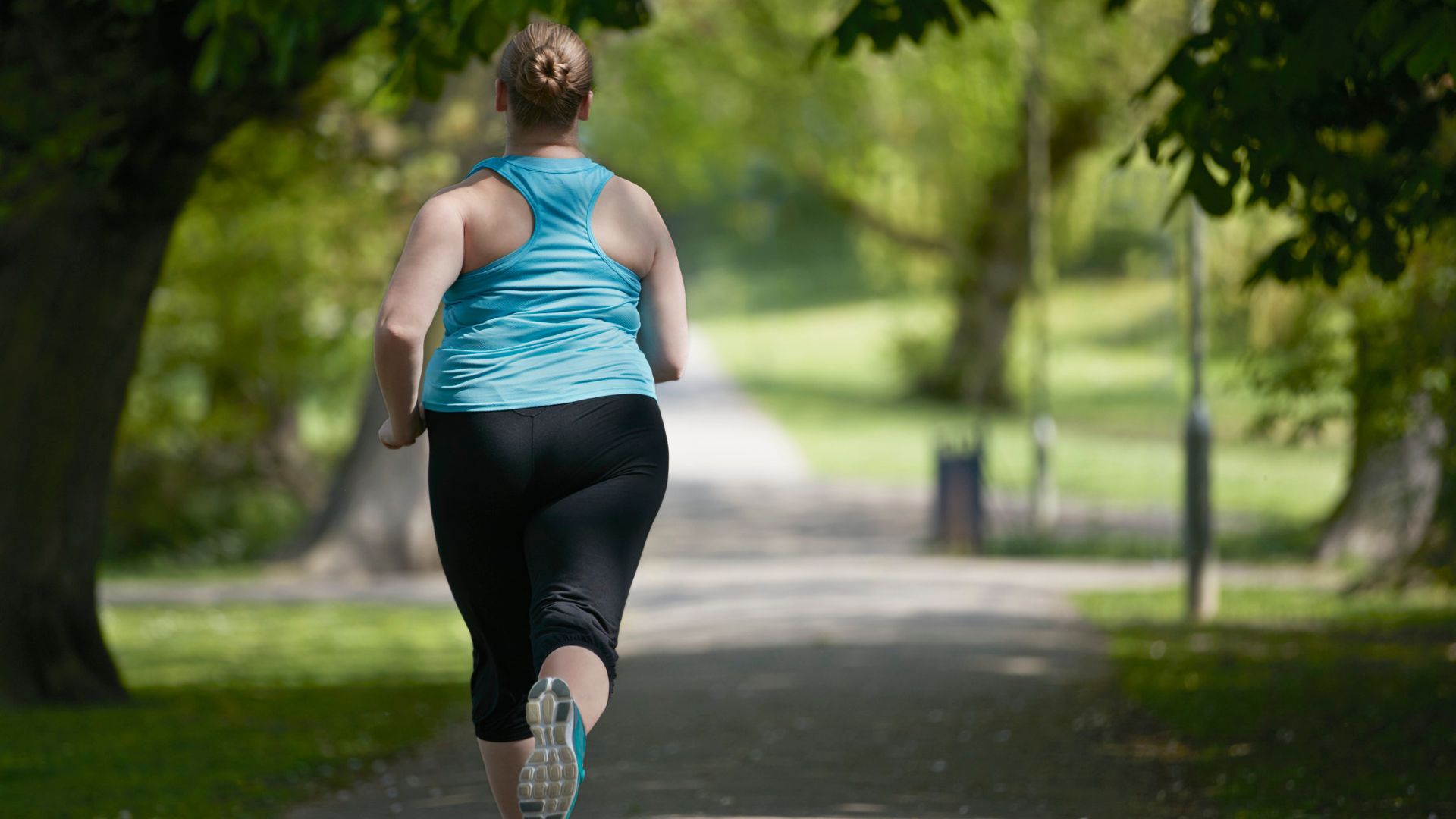
Running after a leg day workout can be a game-changer for those looking to shed extra pounds.
Cardiovascular exercise, such as running, revs up your metabolism, enabling your body to incinerate calories throughout the day. The synergy between this post-leg running session and your gym-based leg training can elevate your calorie-burning potential.
Moreover, the intensified fat burn not only contributes to weight loss but also furnishes you with a surplus of energy, leaving you feeling invigorated and far from sedentary fatigue.
Combating onset muscle soreness and enhancing recovery

One of the primary perks of post-leg workout running is the expeditious recovery it facilitates.
When you embark on a run after working your leg muscles, you not only expend additional calories but also enhance blood circulation in your legs. This increased circulation aids in the swift removal of waste products generated during your Leg Day Workout, which is crucial for quelling the dreaded muscle tightness.
Muscle soreness typically lingers for 48 to 72 hours following a rigorous leg session.
However, the inclusion of a post-leg workout run shortens this recovery period, expediting your return to peak fitness and minimizing the annoyance of muscle soreness. This approach, often termed "active recovery," is a favored technique among endurance athletes for mitigating the aftermath of strenuous workouts.
Boosting cardiovascular health and endurance

Post-leg workout running is not solely about aesthetics; it's a powerful tool for nurturing your cardiovascular system.
Running at a moderate intensity after a leg day workout can significantly elevate your cardiovascular endurance. It elevates your heart rate and challenges your lungs, training them to work more efficiently. By running, you're preparing your lungs for heightened exertion in any activity while simultaneously ensuring that your leg muscles receive an ample oxygen supply.
Remember, it's not just about looking good; it's about the vitality of your heart and lungs.
Maintaining robust cardiovascular health is pivotal for a long and active life, and integrating running into your post-leg workout routine is a remarkable stride toward that objective.
Enhancing mood and confidence

After an intense leg day workout, it's common to feel physically drained and mentally fatigued the following day.
However, incorporating a post-leg workout run can be a mood-lifting antidote. Your muscles will be infused with renewed vigor, leaving you feeling splendid. Not only will you experience increased energy levels, but you'll also notice a significant uptick in your mood and overall sense of well-being.
Moreover, running after a leg day workout contributes to heightened self-confidence. You'll bask in the satisfaction of conquering two strenuous endeavors in a single day, a feat that can be difficult to articulate but profoundly empowering.
This confidence boost transcends fitness; it permeates other aspects of your life, enhancing your resolve to achieve your fitness goals.
Strengthening your posterior chain

Your posterior chain, comprised of muscles like the glutes, hamstrings, quadriceps, calves, and various smaller muscles, plays a pivotal role in stabilizing your body, maintaining proper posture, and supporting your overall physical integrity.
For athletes, especially runners seeking to amplify their speed and strength, cultivating a robust posterior chain is indispensable. Neglecting these muscles can result in awkward and unstable movements, which hinder overall performance and can be detrimental to your Fitness Goals.
In essence, the amalgamation of strong leg muscles, expedited recovery via post-leg workout running, and the fortification of your posterior chain is a holistic approach that every athlete should aspire to. Not only does it contribute to aesthetic gains, but it also fosters enhanced fitness, vigor, and confidence, culminating in a well-rounded and robust physical foundation for your fitness journey.
Drawbacks of Running After Leg Day
When there are benefits, there must be drawbacks as well. We cover these drawbacks of running after leg day in this section. Not all drawbacks are applicable to everyone, though.
The list of drawbacks below is not sorted by importance or severity.
It can increase the risk of injury
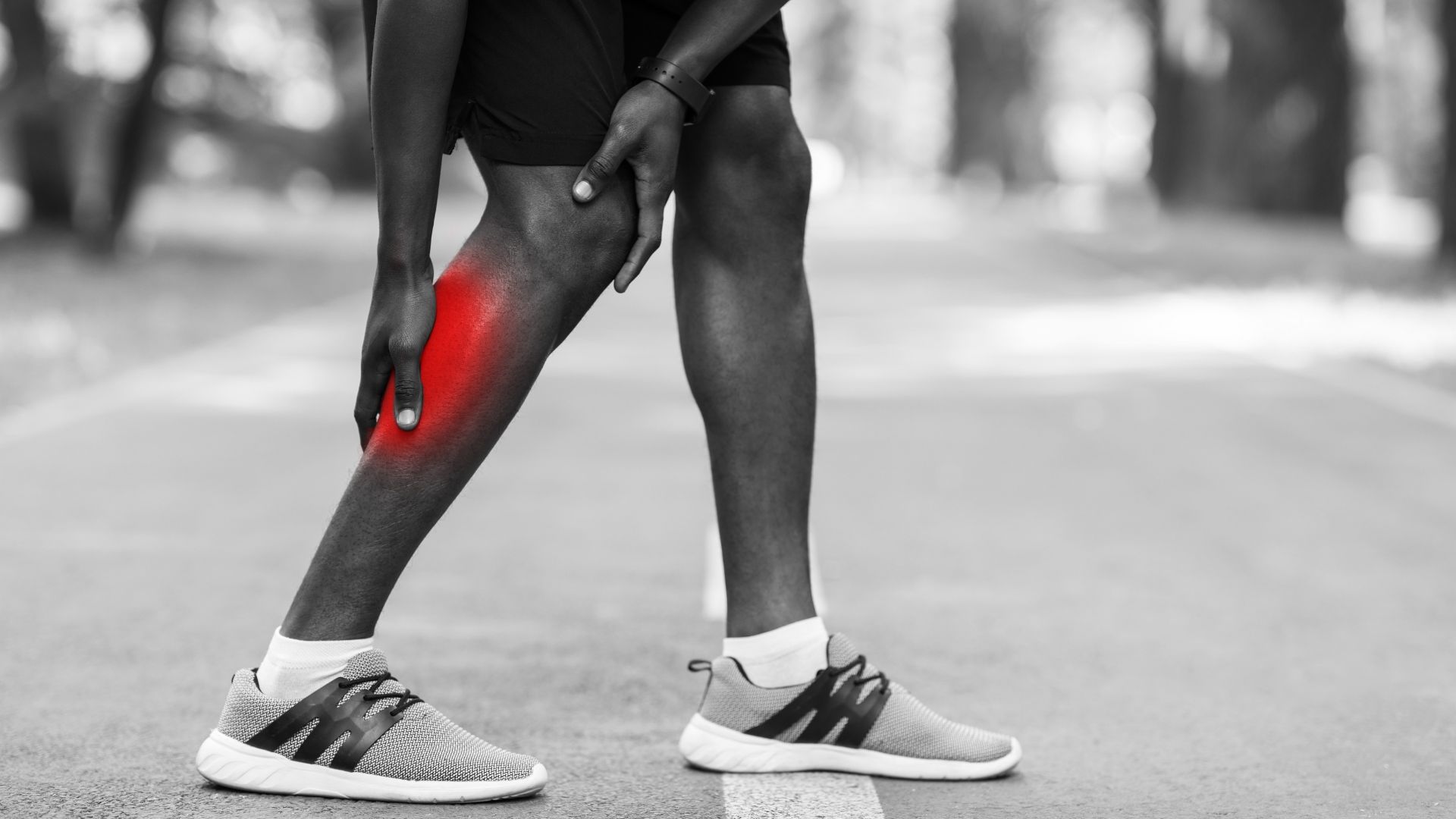
One thing that we want to mention here is that running after a leg workout can increase the risk of injury.
Your leg muscles have just finished a hard strength training session, so you need to listen carefully to your body. Don't push yourself too far because that can cause you to overwork your muscles.
When you overwork your muscles, tears can form in your leg muscles, causing you to be injured and unable to train at all for the next period of time to allow the muscles to recover.
So always listen to your body, if you feel any pain or like you can't go any further, please stop your workout.
It may be hard on your joints and muscles
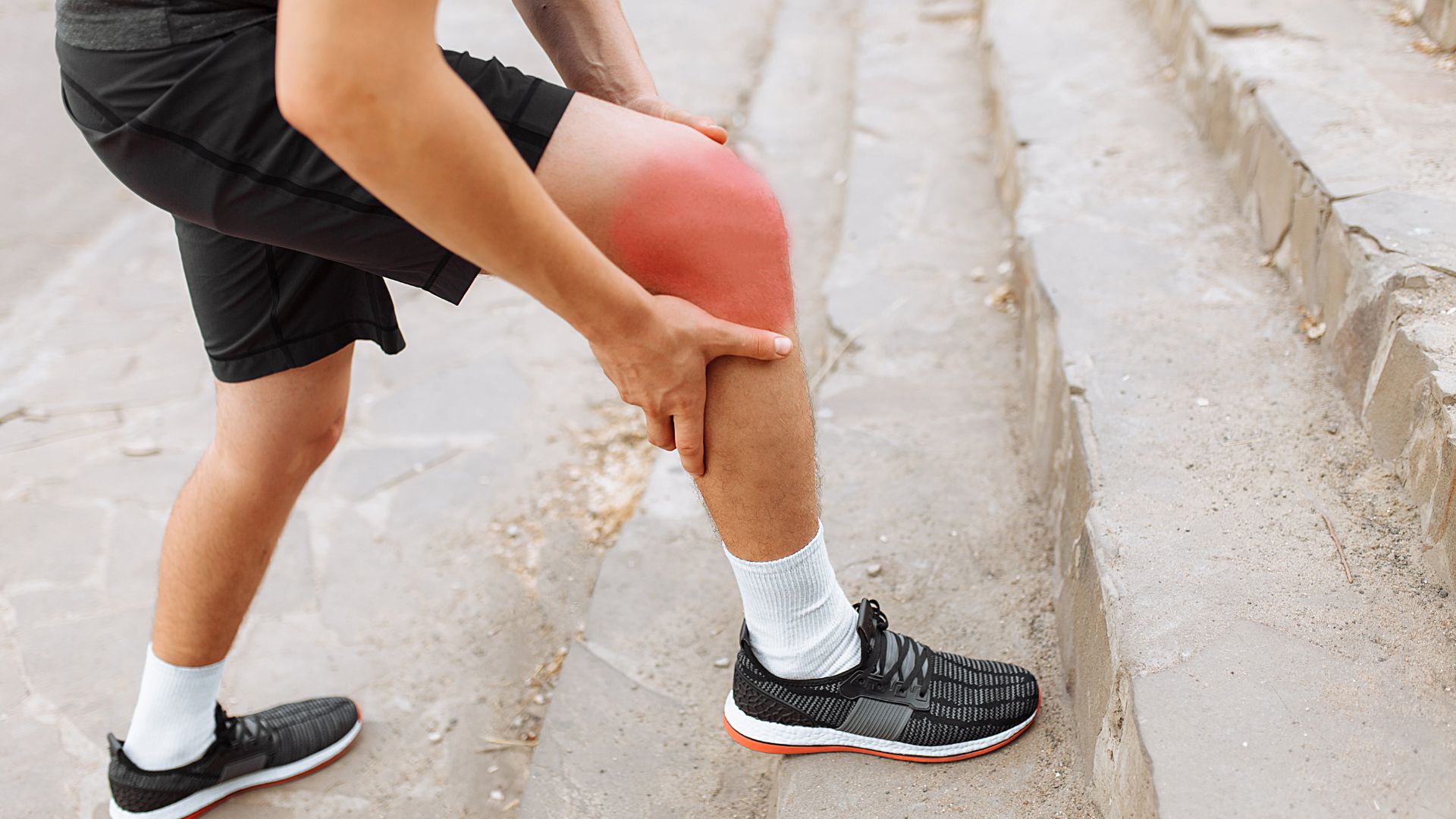
The biggest drawback of running after a leg workout is that it can be very hard on your joints and your muscles.
This is especially true when you cover longer distances.
In order to avoid joint problems, you should try to keep your distance short and focus on speed instead of distance. Also, don't forget to do your stretching routine before and after every workout.
Depending on the type of leg workout you've done, you might need to stretch differently. For example, if you've done a squat workout, you'll need to stretch your quads first.
If you've done some deadlifts, then you'll need to stretch the hamstrings first. It does not matter if you are a bodybuilder, powerlifter, or runner, you will benefit from doing a stretching routine before and after each workout.
Your joints and muscles will thank you later.
It takes a lot of time to complete the whole workout

Another big disadvantage of running after a leg day is that it takes a long time to complete the whole program.
First, you start with your strength session, which normally takes about 45 minutes in general.
You must run for at least 20 to 30 minutes. After that, it's recommended to stretch for 10 minutes.
So in total, you spend a lot of time on your full workout.
Best Alternatives to Running After Leg Day
So running is a good way to speed up your recovery process and burn more calories, but what alternatives should one consider without access to a treadmill or cardio workouts?
Use massage gun

A massage gun can help you recover faster. So if you don't have any time left to do an aerobic activity after your heavy squat or other muscle leg workout, you should definitely make some time to recover your legs with the percussion massage gun.
One of the most effective ways to improve your recovery. This device helps stimulate circulation and relax the muscles.
Try a cold plunge

An ice bath or a cold shower is another alternative to running after a leg workout. It works by lowering your body temperature and helping to reduce inflammation.
This technique is very popular among athletes who suffer from soreness after a tough workout.
This method doesn't require any equipment. You just fill up a big bucket with water and place it under a faucet. Turn off the faucet and let the cold water flow through your body.
Best of all, it only takes 10 minutes to get rid of the pain, and you won't even realize how much it helped you.
If you're looking for a quick fix to your leg soreness, try one of these methods.
Try compression therapy

Compression therapy is an easy way to avoid muscle soreness and let you recover while relaxing. Yes, that sounds great, right?
Air compression therapy uses air pressure to apply gentle compression to the affected area. This massage therapy focuses solely on your legs, using air compression massage.
By using this method, you increase your blood flow and remove lactic acid in just 30 minutes.
You only have to put these air sleeves on, press the recovery mode button, and relax while recovering from your physical exercises.
You will benefit from the following recovery benefits: they directly increase the onset of muscle soreness, restore your muscle fiber, release tight muscles, and help you experience less pain the next day.
and that in only 30 minutes, instead of hours of recovery!
That's what we call faster recovery.
Frequently Asked Questions
Find answers to some of the most common questions we get about running after leg day. Feel free to reach out to us if you have any other questions.
Is it okay to run with sore legs?
No, because it increases the risk of injury. If you feel pain during exercise, then you need to stop immediately.
Running after a leg session is just advice. You only have to follow this advice if you have the feeling that your body's muscles can handle endurance training after your strength training exercises.
There is no reason to increase the risk of injury if it is not absolutely necessary.
Can running count as leg day in the gym?
Running is a cardiovascular workout that focuses entirely on your heart rate and endurance. Running is not a weightlifting exercise. So you can't count your running session as a leg day.
It's a different type of workout.
Squats and lunges are weighted leg exercises that focus on strength gains, whereas running focuses on muscular endurance.
These are different types of workouts, and they both have their own advantages and disadvantages.
So, if you want to gain more muscle mass, you should focus on strength training exercises.
But if you want to be able to perform longer without getting tired, you should focus on endurance training.
It's important to do both types of workouts regularly and combine them into one workout routine.
Will I lose muscle if I run after leg day?
No, you won't lose muscle mass if you run after your leg workout program.
You should use cardio after strength training just as a way to speed up your recovery process by having an active recovery session and to increase your ability to perform better the next day.
Muscle loss occurs when you overtrain or deprive your body of adequate rest and nutrition.
Conclusion
In conclusion, there are many ways to prevent muscle soreness and reduce the impact of leg day.
By engaging in cardiovascular activity like running after your leg day, you can speed up your recovery. But never do this if your legs feel sore, as this increases the risk of getting injured.
Use it as a bonus activity rather than a requirement!
